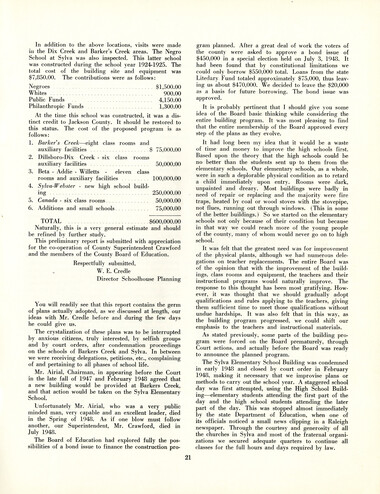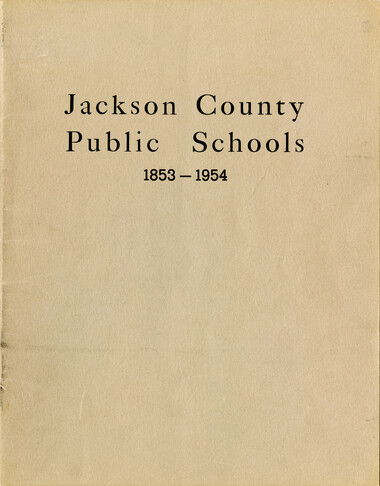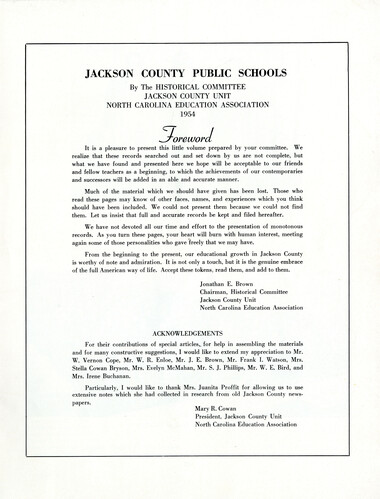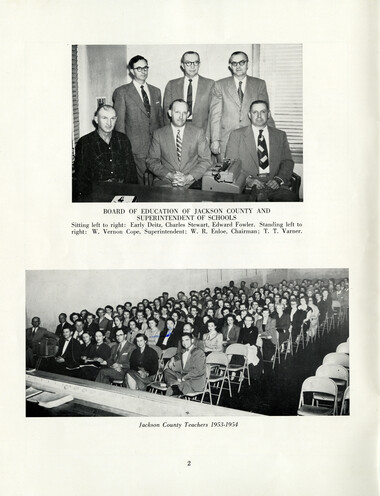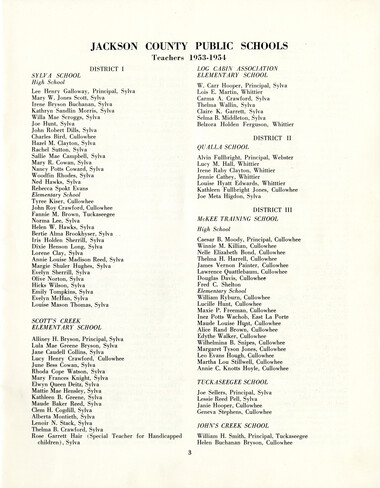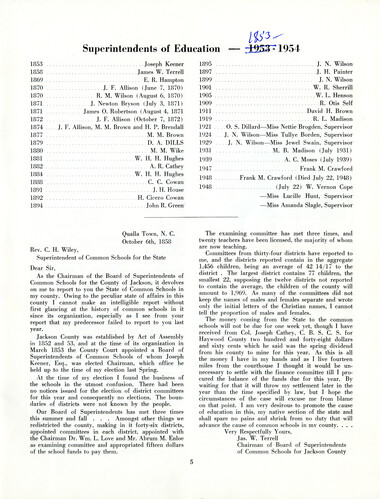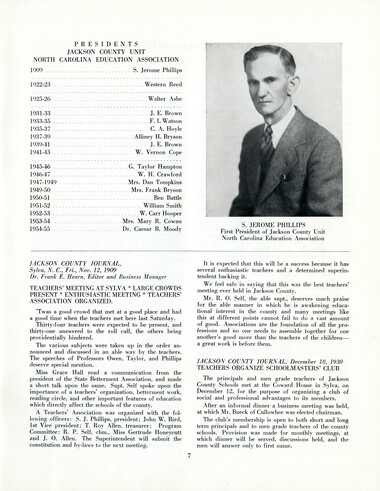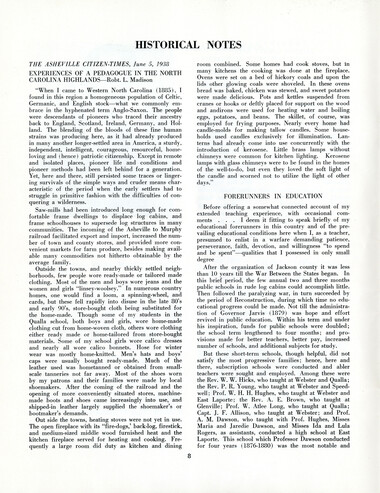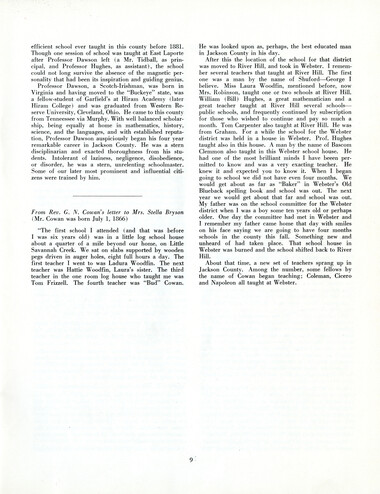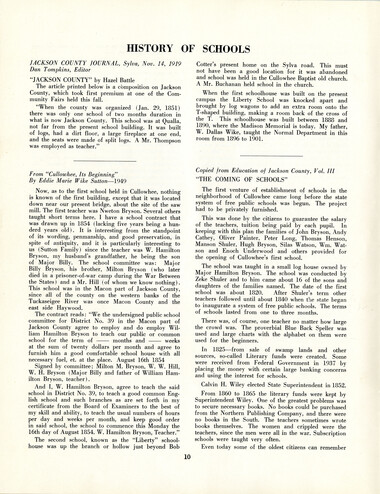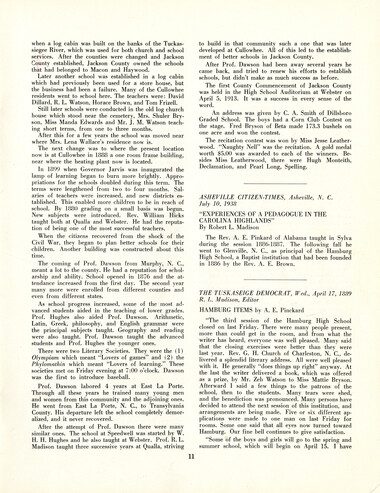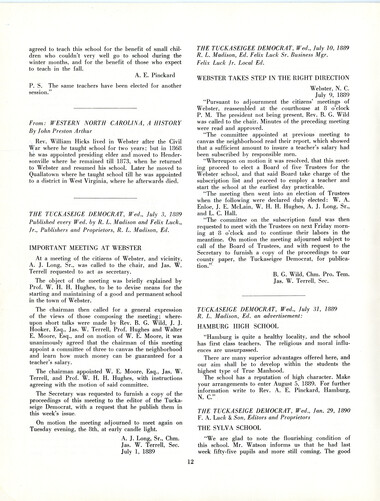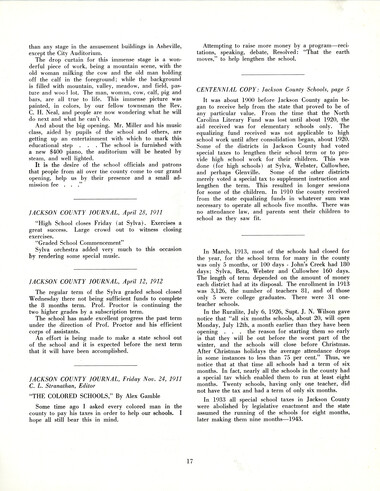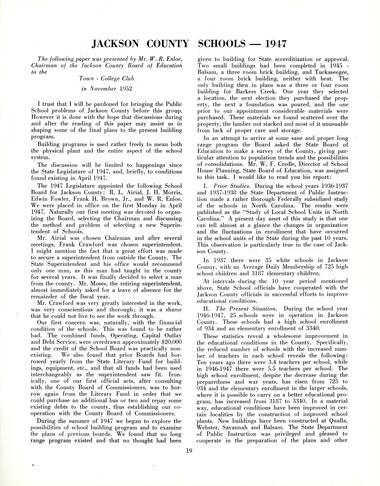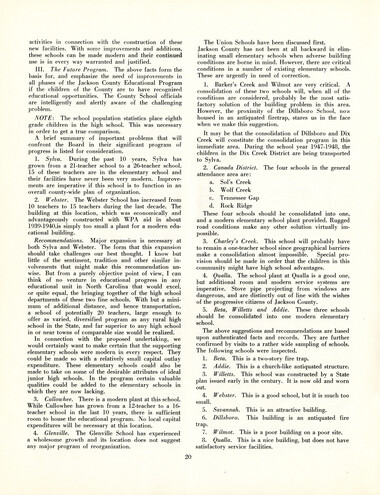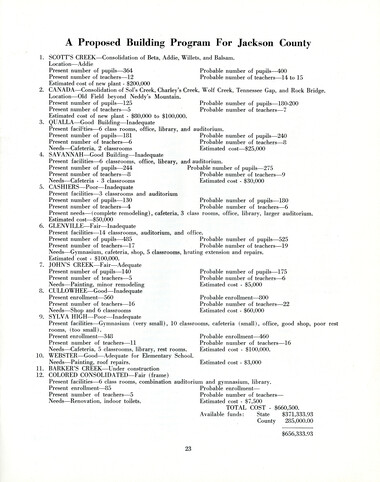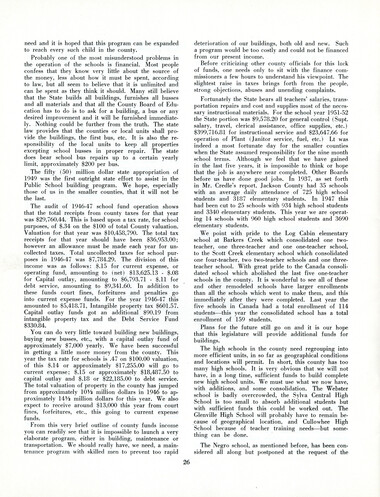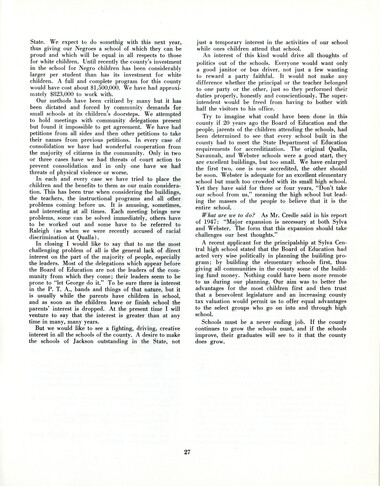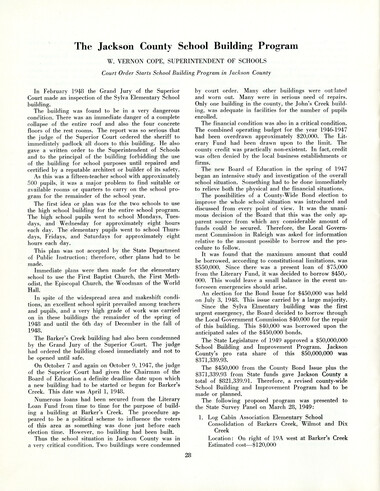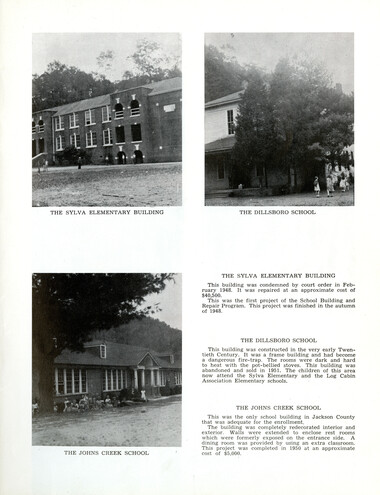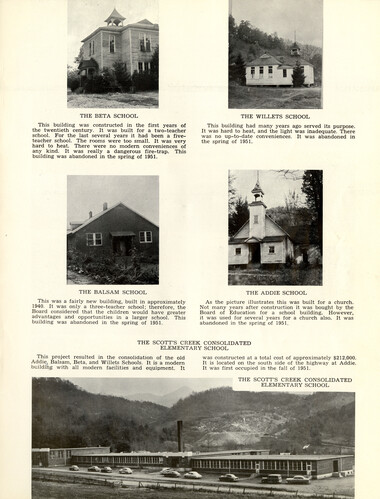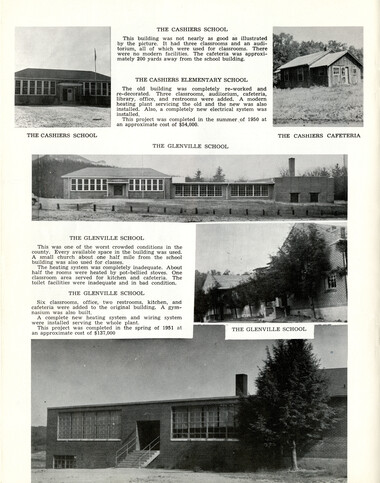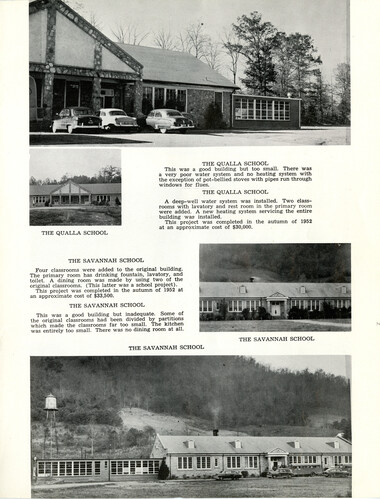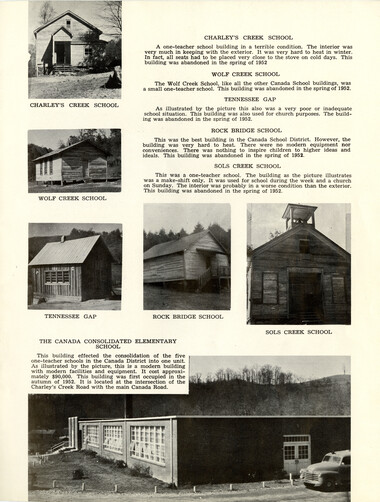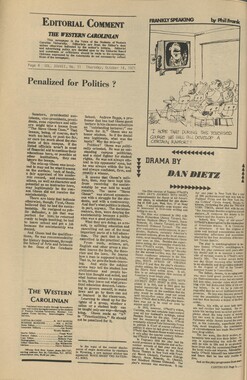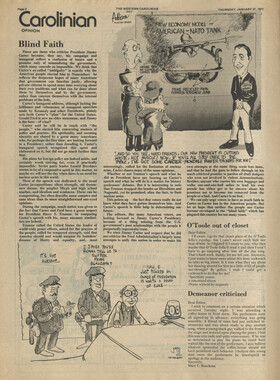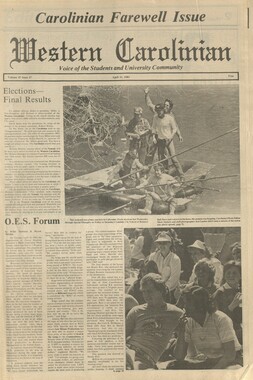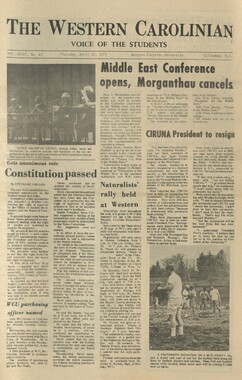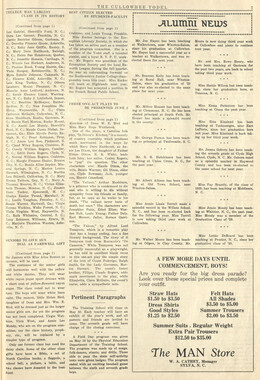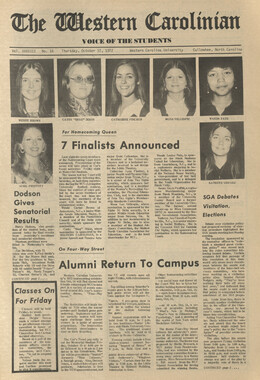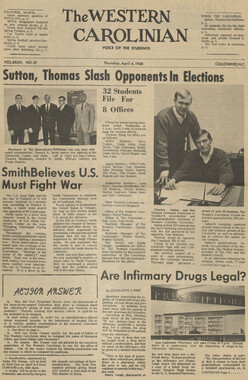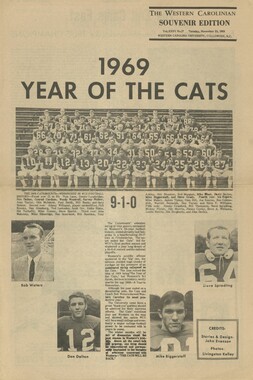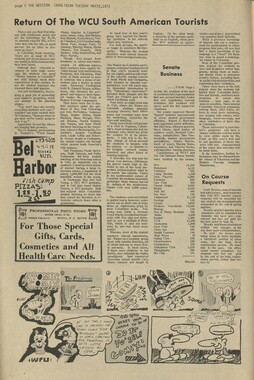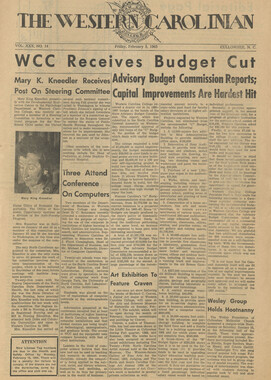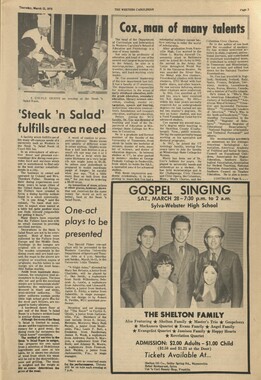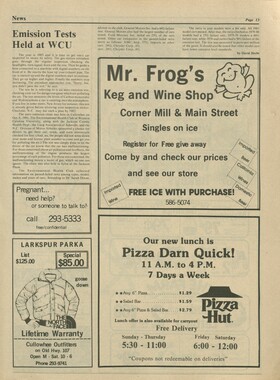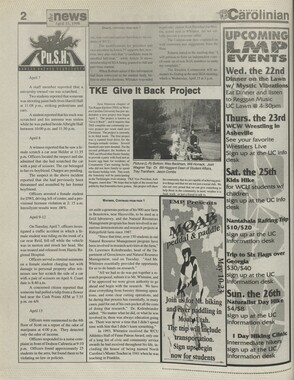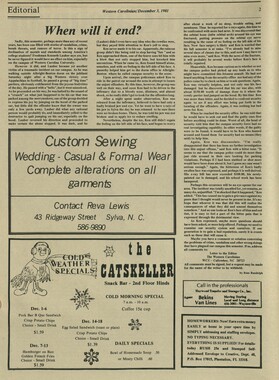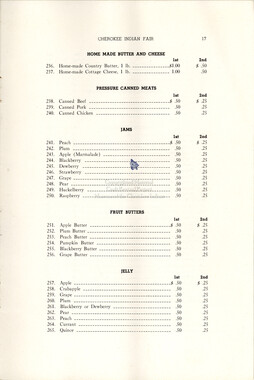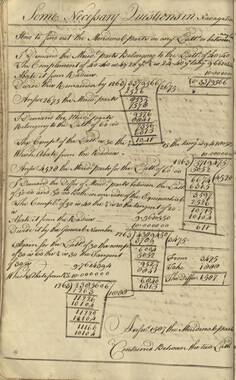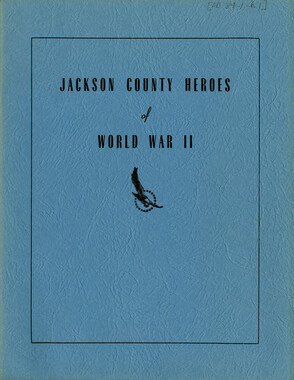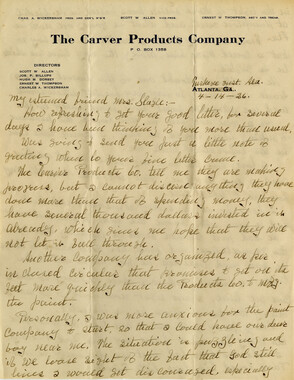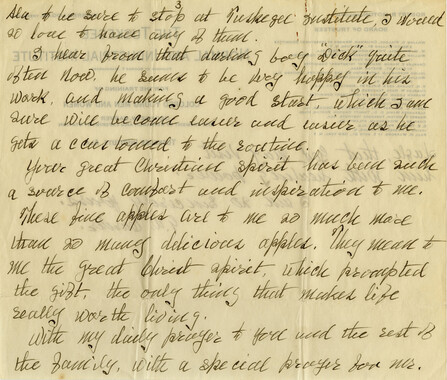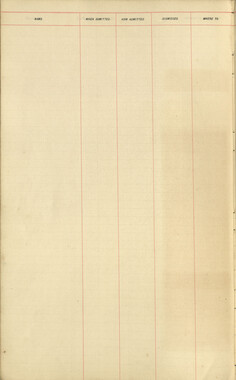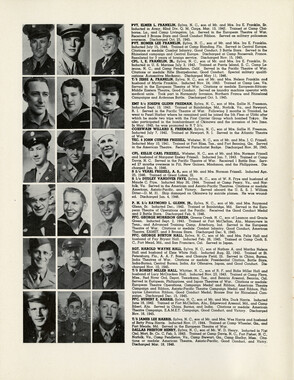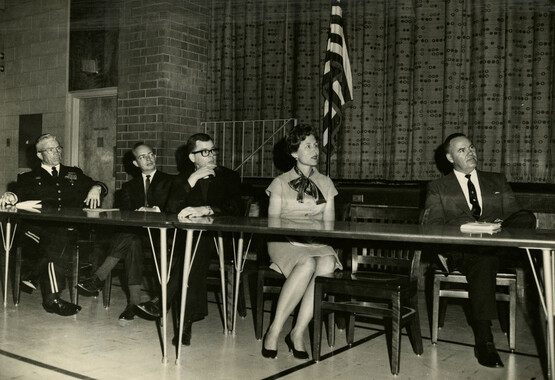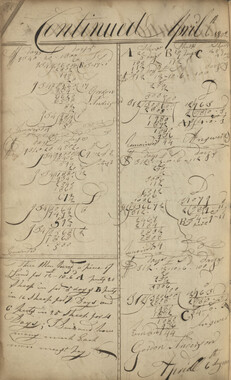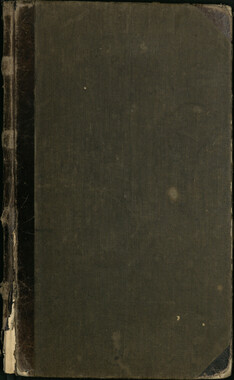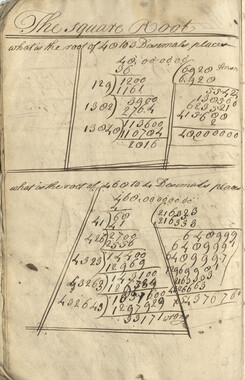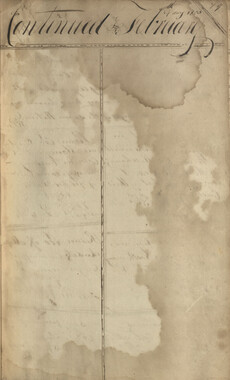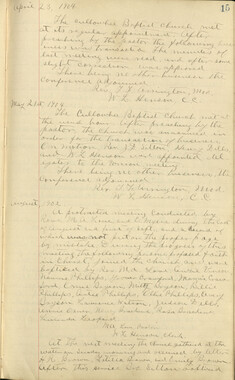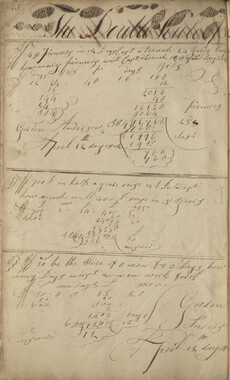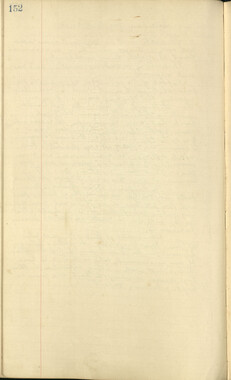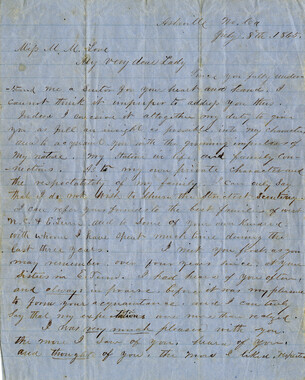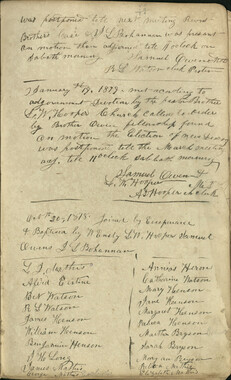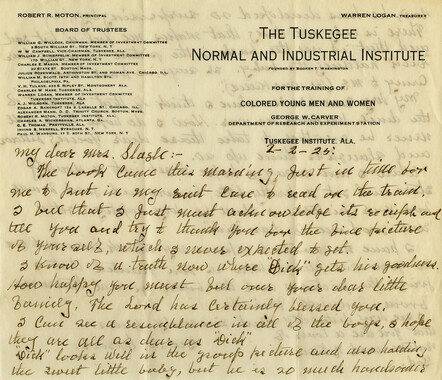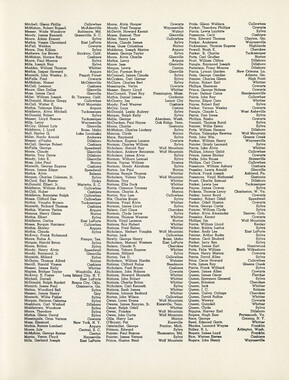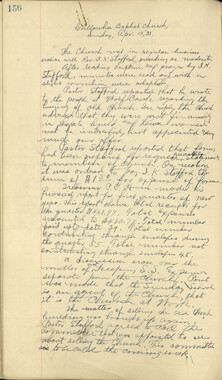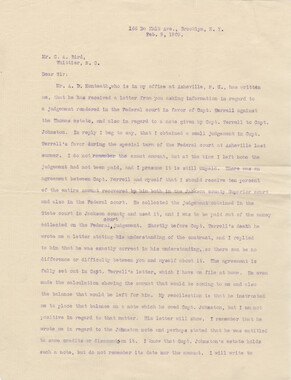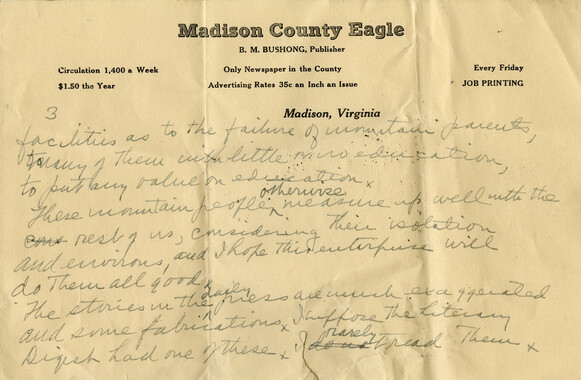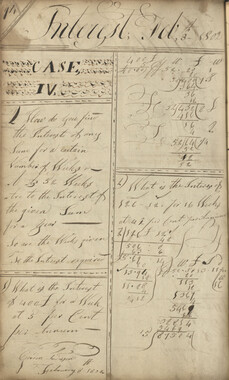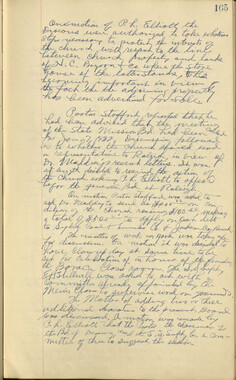Western Carolina University (5)
View all
- Civil War in Southern Appalachia (2)
- Craft Revival (11)
- Great Smoky Mountains - A Park for America (2)
- Highlights from Western Carolina University (4)
- Picturing Appalachia (7)
- Canton Champion Fibre Company (0)
- Cherokee Traditions (0)
- Horace Kephart (0)
- Journeys Through Jackson (0)
- LGBTQIA+ Archive of Jackson County (0)
- Oral Histories of Western North Carolina (0)
- Stories of Mountain Folk (0)
- Travel Western North Carolina (0)
- Western Carolina University Fine Art Museum Vitreograph Collection (0)
- Western Carolina University Herbarium (0)
- Western Carolina University: Making Memories (0)
- Western Carolina University Publications (0)
- Western Carolina University Restricted Electronic Theses and Dissertations (0)
- Western North Carolina Regional Maps (0)
- World War II in Southern Appalachia (0)
University of North Carolina Asheville (0)
View all
- Faces of Asheville (0)
- Forestry in Western North Carolina (0)
- Grove Park Inn Photograph Collection (0)
- Isaiah Rice Photograph Collection (0)
- Morse Family Chimney Rock Park Collection (0)
- Picturing Asheville and Western North Carolina (0)
- Appalachian Region, Southern (6)
- Blount County (Tenn.) (1)
- Cherokee County (N.C.) (1)
- Great Smoky Mountains National Park (N.C. and Tenn.) (1)
- Haywood County (N.C.) (4)
- Jackson County (N.C.) (4)
- Asheville (N.C.) (0)
- Avery County (N.C.) (0)
- Buncombe County (N.C.) (0)
- Clay County (N.C.) (0)
- Graham County (N.C.) (0)
- Henderson County (N.C.) (0)
- Knox County (Tenn.) (0)
- Knoxville (Tenn.) (0)
- Lake Santeetlah (N.C.) (0)
- Macon County (N.C.) (0)
- Madison County (N.C.) (0)
- McDowell County (N.C.) (0)
- Mitchell County (N.C.) (0)
- Polk County (N.C.) (0)
- Qualla Boundary (0)
- Rutherford County (N.C.) (0)
- Swain County (N.C.) (0)
- Transylvania County (N.C.) (0)
- Watauga County (N.C.) (0)
- Waynesville (N.C.) (0)
- Yancey County (N.C.) (0)
- Artifacts (object Genre) (5)
- Crafts (art Genres) (5)
- Letters (correspondence) (4)
- Minutes (administrative Records) (1)
- Photographs (3)
- Portraits (1)
- Publications (documents) (8)
- Sound Recordings (1)
- Transcripts (1)
- Aerial Photographs (0)
- Aerial Views (0)
- Albums (books) (0)
- Articles (0)
- Biography (general Genre) (0)
- Cards (information Artifacts) (0)
- Clippings (information Artifacts) (0)
- Depictions (visual Works) (0)
- Design Drawings (0)
- Drawings (visual Works) (0)
- Envelopes (0)
- Facsimiles (reproductions) (0)
- Fiction (general Genre) (0)
- Financial Records (0)
- Fliers (printed Matter) (0)
- Glass Plate Negatives (0)
- Guidebooks (0)
- Internegatives (0)
- Interviews (0)
- Land Surveys (0)
- Manuscripts (documents) (0)
- Maps (documents) (0)
- Memorandums (0)
- Negatives (photographs) (0)
- Newsletters (0)
- Newspapers (0)
- Occupation Currency (0)
- Paintings (visual Works) (0)
- Pen And Ink Drawings (0)
- Periodicals (0)
- Personal Narratives (0)
- Plans (maps) (0)
- Poetry (0)
- Postcards (0)
- Programs (documents) (0)
- Questionnaires (0)
- Scrapbooks (0)
- Sheet Music (0)
- Slides (photographs) (0)
- Specimens (0)
- Speeches (documents) (0)
- Text Messages (0)
- Tintypes (photographs) (0)
- Video Recordings (physical Artifacts) (0)
- Vitreographs (0)
- Cataloochee History Project (1)
- Love Family Papers (1)
- A.L. Ensley Collection (0)
- Appalachian Industrial School Records (0)
- Appalachian National Park Association Records (0)
- Axley-Meroney Collection (0)
- Bayard Wootten Photograph Collection (0)
- Bethel Rural Community Organization Collection (0)
- Blumer Collection (0)
- C.W. Slagle Collection (0)
- Canton Area Historical Museum (0)
- Carlos C. Campbell Collection (0)
- Cherokee Studies Collection (0)
- Daisy Dame Photograph Album (0)
- Daniel Boone VI Collection (0)
- Doris Ulmann Photograph Collection (0)
- Elizabeth H. Lasley Collection (0)
- Elizabeth Woolworth Szold Fleharty Collection (0)
- Frank Fry Collection (0)
- George Masa Collection (0)
- Gideon Laney Collection (0)
- Hazel Scarborough Collection (0)
- Hiram C. Wilburn Papers (0)
- Historic Photographs Collection (0)
- Horace Kephart Collection (0)
- Humbard Collection (0)
- Hunter and Weaver Families Collection (0)
- I. D. Blumenthal Collection (0)
- Isadora Williams Collection (0)
- Jesse Bryson Stalcup Collection (0)
- Jim Thompson Collection (0)
- John B. Battle Collection (0)
- John C. Campbell Folk School Records (0)
- John Parris Collection (0)
- Judaculla Rock project (0)
- Kelly Bennett Collection (0)
- Major Wiley Parris Civil War Letters (0)
- Map Collection (0)
- McFee-Misemer Civil War Letters (0)
- Mountain Heritage Center Collection (0)
- Norburn - Robertson - Thomson Families Collection (0)
- Pauline Hood Collection (0)
- Pre-Guild Collection (0)
- Qualla Arts and Crafts Mutual Collection (0)
- R.A. Romanes Collection (0)
- Rosser H. Taylor Collection (0)
- Samuel Robert Owens Collection (0)
- Sara Madison Collection (0)
- Sherrill Studio Photo Collection (0)
- Smoky Mountains Hiking Club Collection (0)
- Stories of Mountain Folk - Radio Programs (0)
- The Reporter, Western Carolina University (0)
- Venoy and Elizabeth Reed Collection (0)
- WCU Gender and Sexuality Oral History Project (0)
- WCU Mountain Heritage Center Oral Histories (0)
- WCU Oral History Collection - Mountain People, Mountain Lives (0)
- WCU Students Newspapers Collection (0)
- Western North Carolina Tomorrow Black Oral History Project (0)
- William Williams Stringfield Collection (0)
- Zebulon Weaver Collection (0)
- Education (1)
- Maps (1)
- Pottery (1)
- Weaving -- Appalachian Region, Southern (5)
- African Americans (0)
- Appalachian Trail (0)
- Artisans (0)
- Cherokee art (0)
- Cherokee artists -- North Carolina (0)
- Cherokee language (0)
- Cherokee pottery (0)
- Cherokee women (0)
- Church buildings (0)
- Civilian Conservation Corps (U.S.) (0)
- College student newspapers and periodicals (0)
- Dams (0)
- Dance (0)
- Floods (0)
- Folk music (0)
- Forced removal, 1813-1903 (0)
- Forest conservation (0)
- Forests and forestry (0)
- Gender nonconformity (0)
- Great Smoky Mountains National Park (N.C. and Tenn.) (0)
- Hunting (0)
- Landscape photography (0)
- Logging (0)
- Mines and mineral resources (0)
- North Carolina -- Maps (0)
- Paper industry (0)
- Postcards (0)
- Railroad trains (0)
- Rural electrification -- North Carolina, Western (0)
- School integration -- Southern States (0)
- Segregation -- North Carolina, Western (0)
- Slavery (0)
- Sports (0)
- Storytelling (0)
- Waterfalls -- Great Smoky Mountains (N.C. and Tenn.) (0)
- Wood-carving -- Appalachian Region, Southern (0)
- World War, 1939-1945 (0)
- Sound (1)
- StillImage (17)
- Text (10)
- MovingImage (0)
Jackson County Public Schools 1853-1954
Item
Item’s are ‘child’ level descriptions to ‘parent’ objects, (e.g. one page of a whole book).
-
-
In addition to the above locations, visits were made in the Dix Creek and Barker's Creek areas. The Negro School at Sylva was also inspected. This latter school was constructed during the school year 1924-1925. The total cost of the building site and equipment was $7,850.00. The contributions were as follows: Negroes $1,500.00 Whites 900.00 Public Funds 4,150.00 Philanthropic Funds 1,300.00 At the time this school was constructed, it was a distinct credit to Jackson County. It should be restored to this status. The cost of the proposed program is as follows: 1. Barker s Creek—eight class rooms and auxiliary facilities $ 75,000.00 2. Dillsboro-Dix Creek - six class rooms auxiliary facilities 50,000.00 3. Beta - Addie - Willetts - eleven class rooms and auxiliary facilities 100,000.00 4. Sylva-Webster - new high school building 250,000.00 5. Canada - six class rooms 50,000.00 6. Additions and small schools 75,000.00 TOTAL $600,000.00 Naturally, this is a very general estimate and should be refined by further study. This preliminary report is submitted with appreciation for the co-operation of County Superintendent Crawford and the members of the County Board of Education. Respectfully submitted, W. E. Credle Director Schoolhouse Planning You will readily see that this report contains the germ of plans actually adopted, as we discussed at length, our ideas with Mr. Credle before and during the few days he could give us. The crystalization of these plans was to be interrupted by anxious citizens, truly interested, by selfish groups and by court orders, after condemnation proceedings on the schools of Barkers Creek and Sylva. In between we were receiving delegations, petitions, etc., complaining of and pertaining to all phases of school life. Mr. Airial, Chairman, in appearing before the Court in the late fall of 1947 and February 1948 agreed that a new building would be provided at Barkers Creek, and that action would be taken on the Sylva Elementary School. Unfortunately Mr. Airial, who was a very public minded man, very capable and an excellent leader, died in the Spring of 1948. As if one blow must follow another, our Superintendent, Mr. Crawford, died in July 1948. The Board of Education had explored fully the possibilities of a bond issue to finance the construction pro gram planned. After a great deal of work the voters of the county were asked to approve a bond issue of $450,000 in a special election held on July 3, 1948. It had been found that by constitutional limitations we could only borrow $550,000 total. Loans from the state Litedary Fund totaled approximately $75,000, thus leaving us about $470,000. We decided to leave the $20,000 as a basis for future borrowing. The bond issue was approved. It is probably pertinent that I should give you some idea of the Board basic thinking while considering the entire building program. It was most pleasing to find that the entire membership of the Board approved every step of the plans as they evolve. It had long been my idea that it would be a waste of time and money to improve the high schools first. Based upon the theory that the high schools could be no better than the students sent up to them from the elementary schools. Our elementary schools, as a whole, were in such a deplorable physical condition as to retard a child immediately upon entry. Rooms were dark, unpainted and dreary. Most buildings were badly in need of repair or replacing and the majority were fire traps, heated by coal or wood stoves with the stovepipe, not flues, running out through windows. (This in some of the better buildings.) So we started on the elementary schools not only because of their condition but because in that way we could reach more of the young people of the county, many of whom would never go on to high school. It was felt that the greatest need was for improvement of the physical plants, although we had numerous delegations on teacher replacements. The entire Board was of the opinion that with the improvement of the buildings, class rooms and equipment, the teachers and their instructional programs would naturally improve. The response to this thought has been most gratifying. However, it was thought that we should gradually adopt qualifications and rules applying to the teachers, giving them sufficient time to meet those qualifications without undue hardships. It was also felt that in this way, as the building program progressed, we could shift our emphasis to the teachers and instructional materials. As stated previously, some parts of the building program were forced on the Board prematurely, through Court actions, and actually before the Board was ready to announce the planned program. The Sylva Elementary School Building was condemned in early 1948 and closed by court order in February 1948, making it necessary that we improvise plans or methods to carry out the school year. A staggered school day was first attempted, using the High School Building—elementary students attending the first part of the day and the high school students attending the later part of the day. This was stopped almost immediately by the state Department of Education, when one of its officials noticed a small news clipping in a Raleigh newspaper. Through the courtesy and generosity of all the churches in Sylva and most of the fraternal organizations we secured adequate quarters to continue all classes for the full hours and days required by law.
Object
Object’s are ‘parent’ level descriptions to ‘children’ items, (e.g. a book with pages).
-
This 44-page booklet discusses many aspects of Jackson County Public Schools over a hundred year period from 1853-1954. Photographs of schools are included.
-
